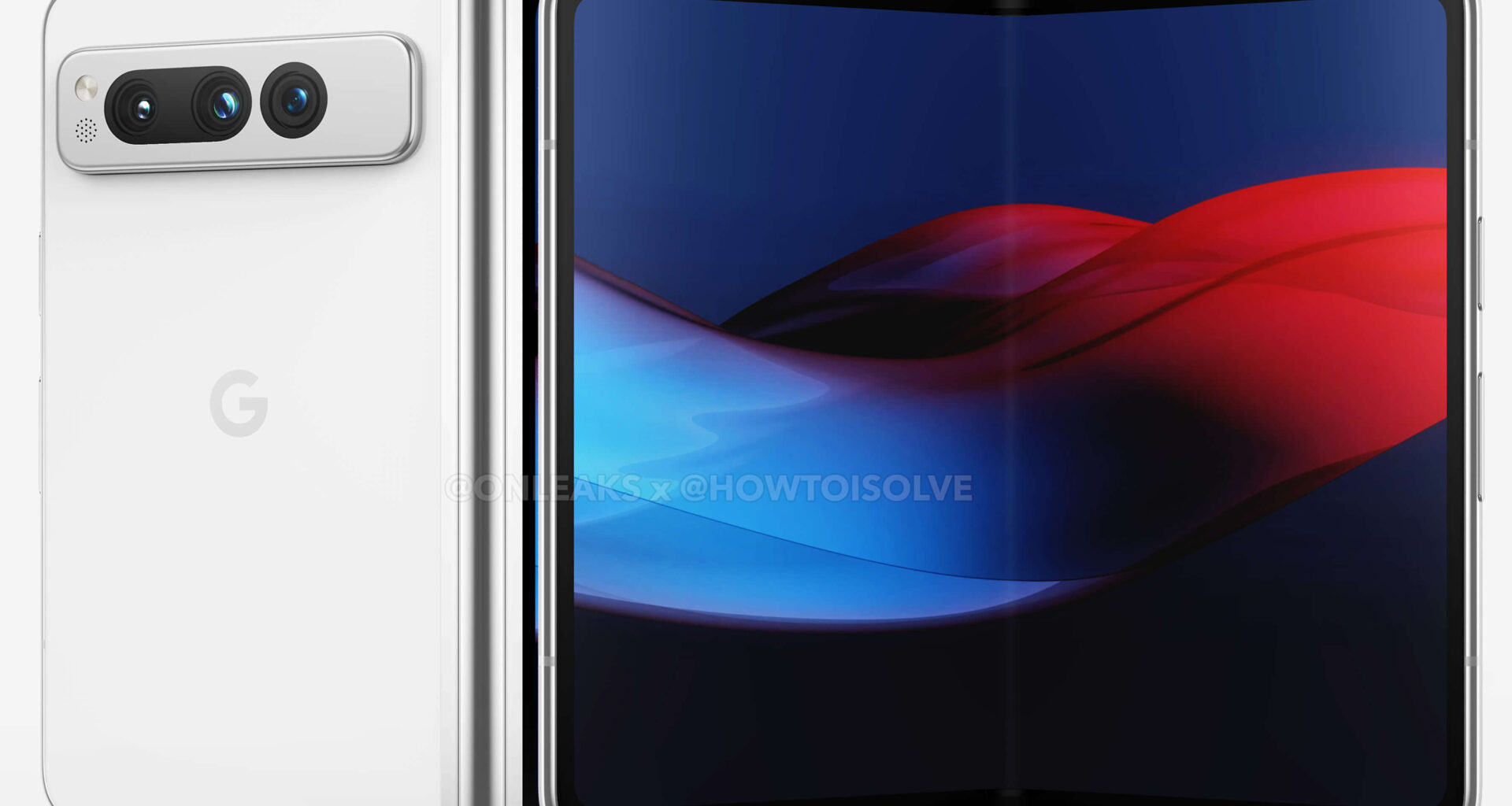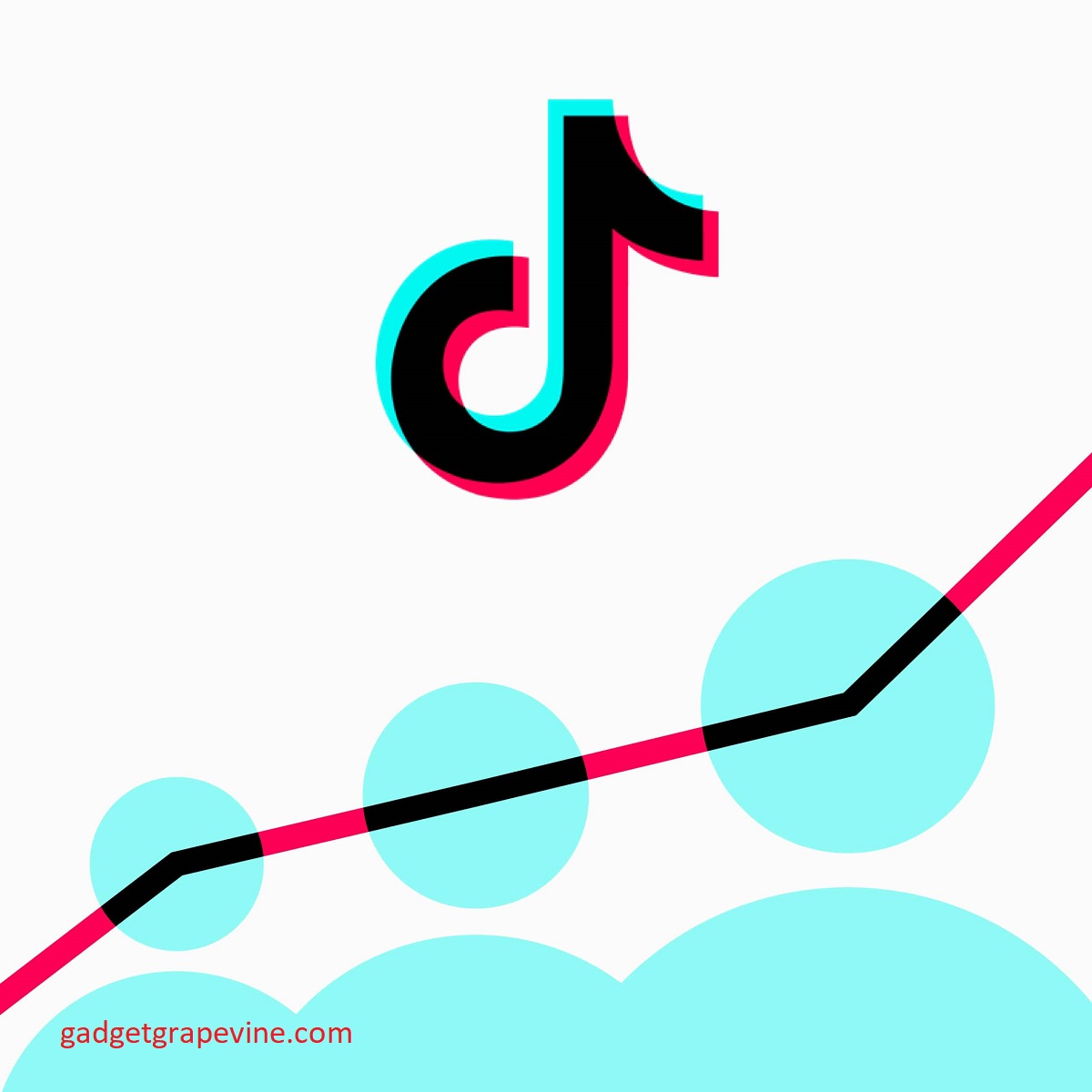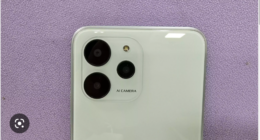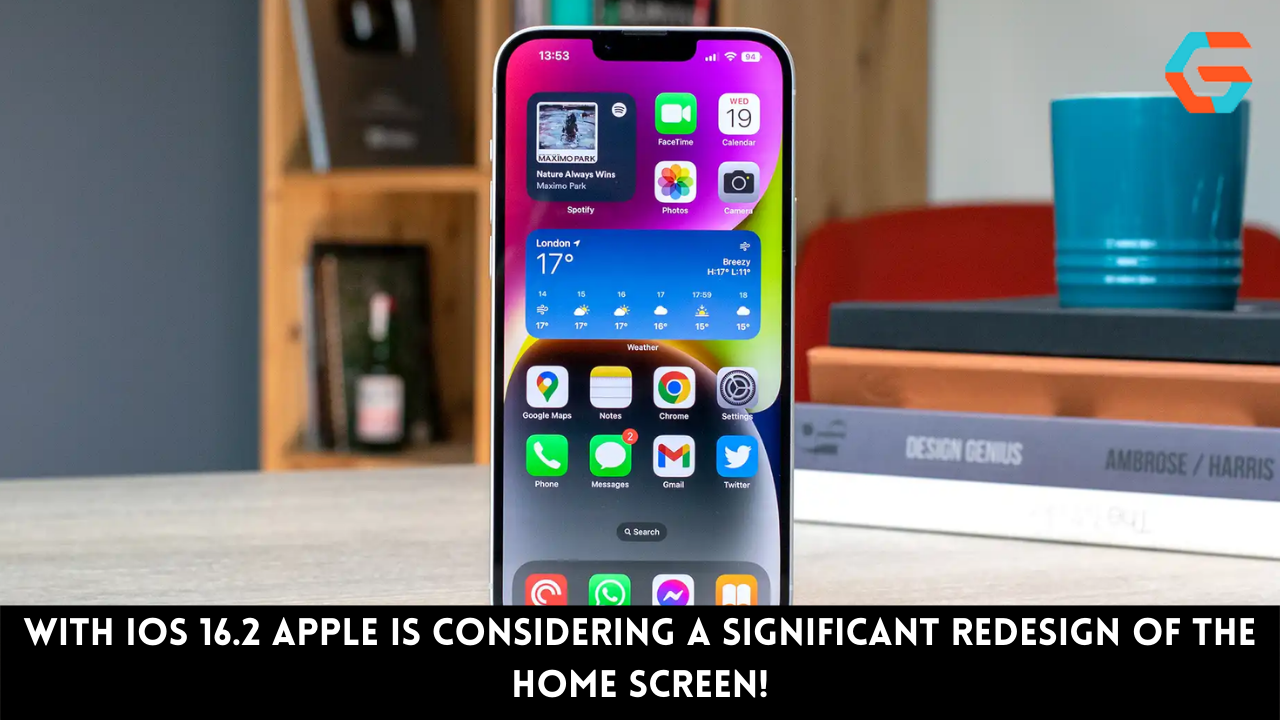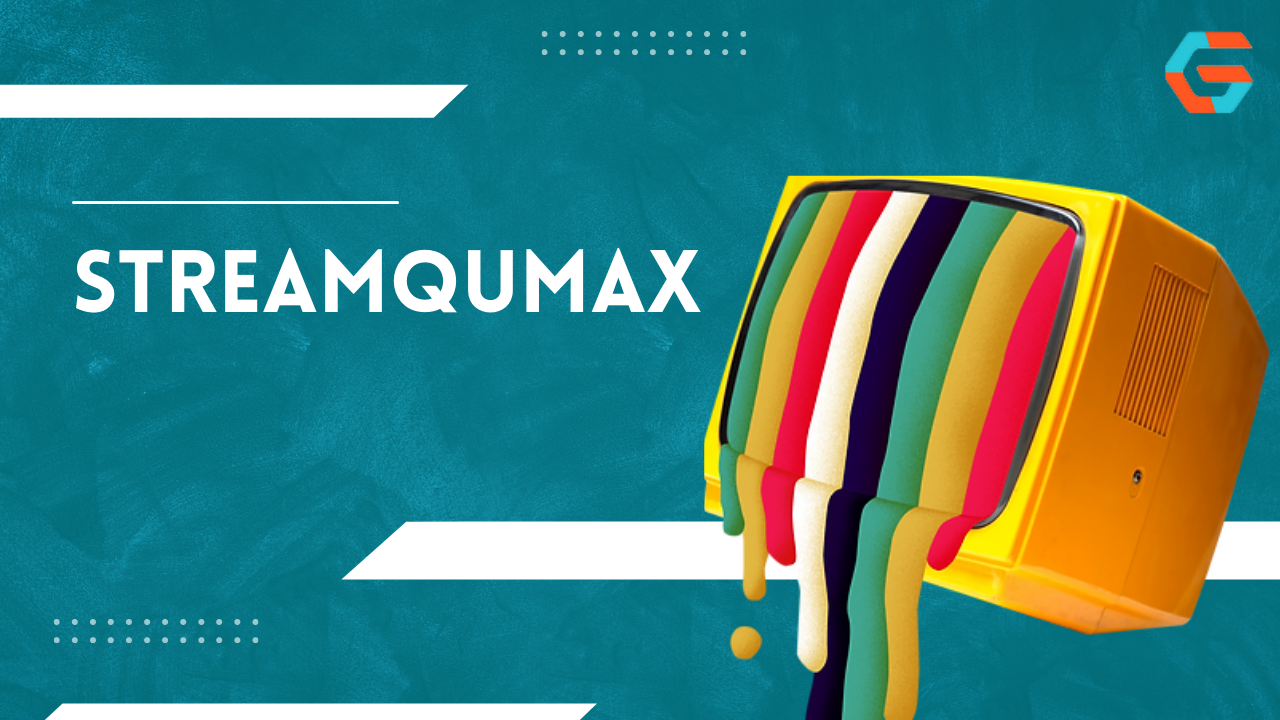The Pixel Fold really works as a phone. Since 2019, Google has talked about making a foldable, and since 2021, rumors have been going around about what types it might make.
Many delays and cancellations of the long-rumored device have made people skeptical, but now a growing number of stories say we’ll hear about it at Google I/O in May.
But over the weekend, real-life pictures of the Pixel Fold were posted online for the first time. Kuba Wojciechowski, an Android developer, put up a short video on Twitter showing how the Pixel fold opens and closes.
It’s not much, but it’s the first proof we’ve seen that this is a real piece of hardware that lives outside of a computer screen.
As usual, the previous renders from OnLeaks look pretty correct. We can see the front of the phone, the inside of the screen, and a hint of the camera bar on the back. Bezels on the inside of the phone are bigger than what you’d get from Samsung or Oppo, just like they are on the images.
😉😉😉 pic.twitter.com/zTpEo18K4y
— Kuba Wojciechowski :3 (@Za_Raczke) April 22, 2023
The inner screen doesn’t have a cutout for the camera. Instead, it uses the old-fashioned method of shrinking the screen to make room for a camera above the screen and then stretching that dead space across the top of the phone.
Did Google make that huge folding screen smaller just so it could fit a camera in the top right corner? When hole-punch screens are the norm, it seems like a strange step backward.
Bezels on a regular glass phone don’t do much, but they’re there for a reason on a folding. Displays are usually firmly attached to the phone’s glass, which is then glued to the phone’s frame.
However, the foldable need to be able to fold, and when you open and close the phone, the display needs to move slightly. This means that the “all-glue” construction won’t work, so foldable displays are usually only partly glued on and the hinge area is left unglued.
A foldable’s bezel is a raised plastic rim that goes around the edge of the display. It keeps the floating parts of the display lightly connected to the phone body and keeps dirt from getting under the display and ruining it.
When the phone is closed, the screen doesn’t grind together because it is higher. So, a foldable needs a bezel, but no foldable, not even the Galaxy Fold 1, felt the need for something this big.
Previous reports said the device should cost around $1,700. CNBC’s claim that this will have “the most durable hinge on a foldable” has something to do with the thicker plastic rim. We hope that Google will address some things at I/O.
Read More:
Email App Updates Incorporating ChatGPT Technology Are Halted by Apple.
Students in Trouble in Utah Canyon Are Saved by A Satellite Call for Help in A Crisis.
Exynos W980 Chip, Which Is Faster, May Be Added to Samsung Galaxy Watch 6.
